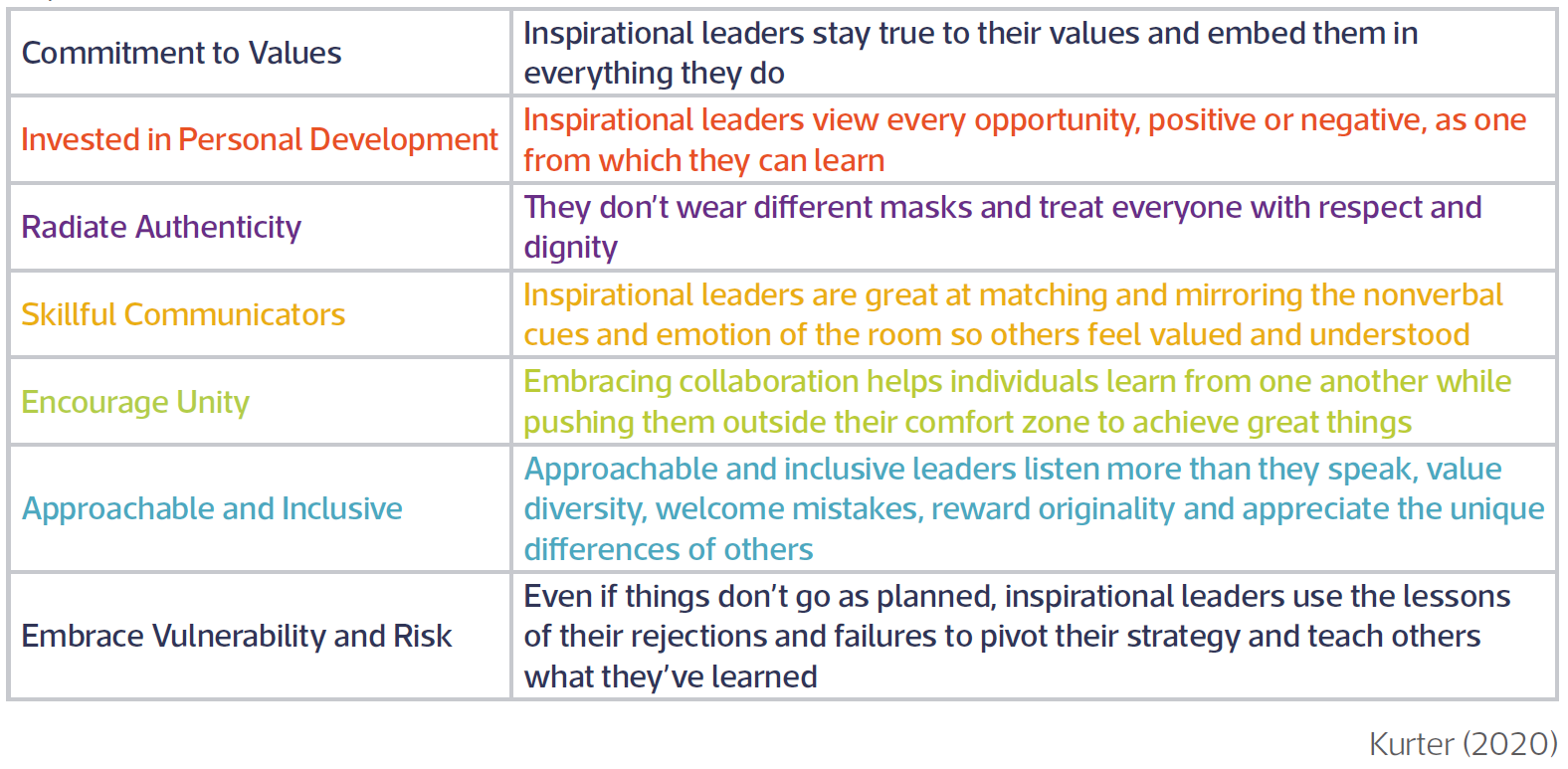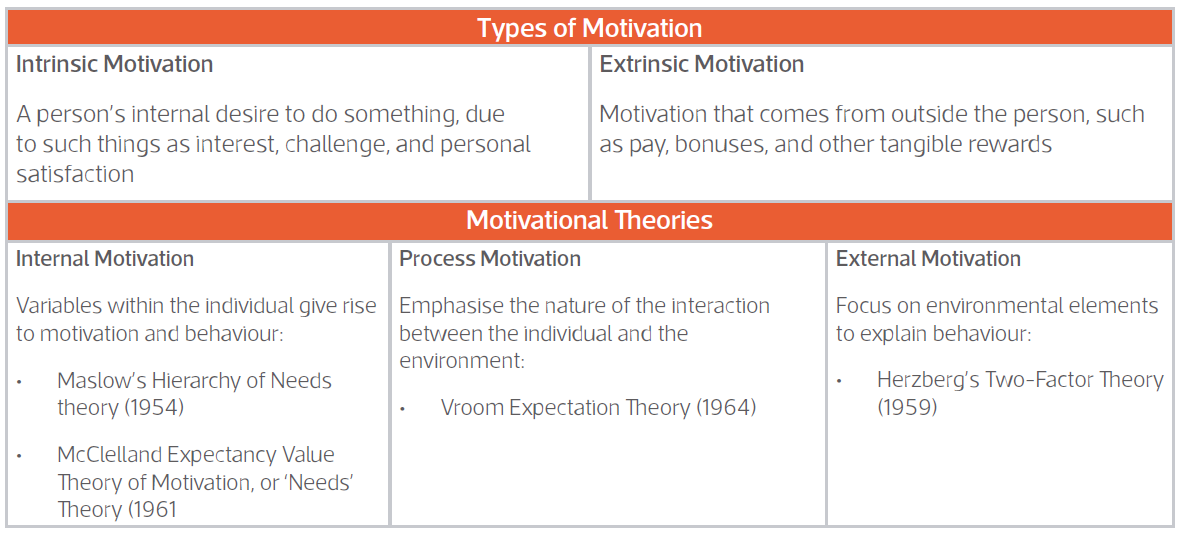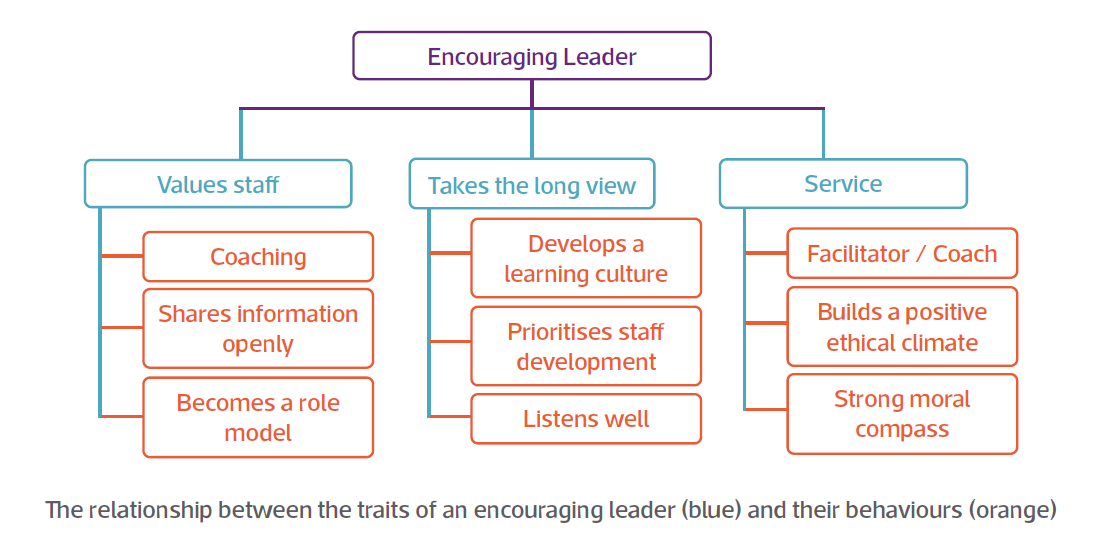“The ability to inspire is one of the single most important leadership skills that separates great leaders from average ones.”
Kurton, H. L. (2020)
We live in a globalised world where time and again, no one person, organisation or state seems to be in charge and we know that in the early years of the 21st century many of the taken-for-granted management models have fallen by the wayside. There are no sure-fire answers, but inspirational leadership is crucial in unlocking potential and developing a competitive edge. Inspirational leaders are those who marshal their strengths to motivate and engage their teams and empower them to deliver higher performance by being engaging and empowering rather than the old command and control model of workforce management.
As outlined by Garton (2017), inspirational leaders have the following characteristics:

Writing from a different perspective, Kurter (2020) identifies ‘seven powerful characteristics that create truly inspirational leaders’:

Motivation
“The underlying concept of motivation is some driving force within individuals by which they attempt to achieve some goal in order to fulfil some need or expectation.” Mullins (1996)

He adds that people’s behaviour is determined by what motivates them, and that their performance is a product of both ability level and motivation.
That is:
Performance = function (ability x motivation)
Motivation can be Intrinsic or Extrinsic, and motivational theories are generally categorised as Internal, Process, or External:

The first step toward colleague engagement is having a leader that can constructively interrupt established and comfortable routines which have undermined the culture of achievement in an organisation. Such a leader will ensure physical comfort but challenge comfortable and routine behaviours. Herzberg (1995), for example, separates motivational factors from what he terms “hygiene” factors, i.e. those things which cause us to be discontented if they are not there. Examples of hygiene factors are work space, relationships and even pay. His research demonstrated the main motivating factors were those of opportunity to grow and advance, coupled with taking responsibility, being recognised, and gaining a sense of achievement: “The factors that lead to positive job attitudes do so because they satisfy the individual’s need for self-actualisation in his work” Herzberg, F. et al (1959)
Encouraging
The old maxim is that there is no “I” in team and understanding that as a leader you are part of a team is the start of the journey into developing an encouraging leadership style. Encouraging leaders demonstrate certain behaviours which are underpinned by solid character traits.
Leaders who get the best performance out of their team are the ones who know the strengths of everyone in their team even if individual members don’t know it themselves. They have a rapport with their staff, are transparent with information, encourage their people to take on leadership roles and invest time and effort into staff development. They see themselves as servant leaders, listen well and take a positive approach to staff development. Generally, staff who have such a leader have higher commitment to the organisation and deliver better than those who do not. (Kliuchnikov, 2011).

Role Modelling
Role modelling is the way that we learn what it is to be part of the business world. Most of us have someone to look up to and if you are lucky enough as a leader, one day you will be a role model to someone. Anyone can become a role model but to be a good one takes thought and effort and reflection, in short, positive intent.
A role model’s first step is to develop self-awareness. Being self-aware is about noticing the effect you have on others, what you like and dislike doing and how you cope with events. Reflection is central to this process. To become a good role model involves a conscious intention to behave in a way which is consistent with “your best”.
There are of course other elements: having a kind eye which involves vision, courage, having respect and integrity. Leaders also lead by example and model the behaviours they expect to see in others such as good time keeping, being a good communicator and maintaining a thirst for learning.
References
Crosby, B & Bryson, J(2005). Leadership for the common good
Garton, E (2017). How to be an inspiring leader Harvard Business Review, https://hbr.org/2017/04/how-to-be-an-inspiring-leader
Herzberg, F. et al (1959). The Motivation to Work New York, Wiley
Kliuchnikov, A (2011). Leader’s Authenticity Influence on Followers’ Organizational Commitment Emerging Leadership Journeys, Vol. 4 Issue 1, pp. 70-90.
Kurter, H. L. (2020). 7 Powerful Characteristics Of A Truly Inspirational Leader https://www.forbes.com/sites/heidilynnekurter/2020/02/29/7-powerful-characteristics-of-a-truly-inspirational-leader/
Maslow, A. (1954). Motivation and Personality New York, Harper
McClelland, D. C. (1961). The Achieving Society Princeton, N.J., Van Nostrand
Mullins, L. J. (1996). Management and Organisational Behaviour, 4th edition Pitman Publishing
Vroom, V. H. (1964). Work and Motivation Wiley
How do you inspire others in leadership? Test yourself with our Scorecard.
If you’re a member, you can test yourself on Inspiring and see if you meet the standard.
Spotlights
Further Resources
From the Blog








